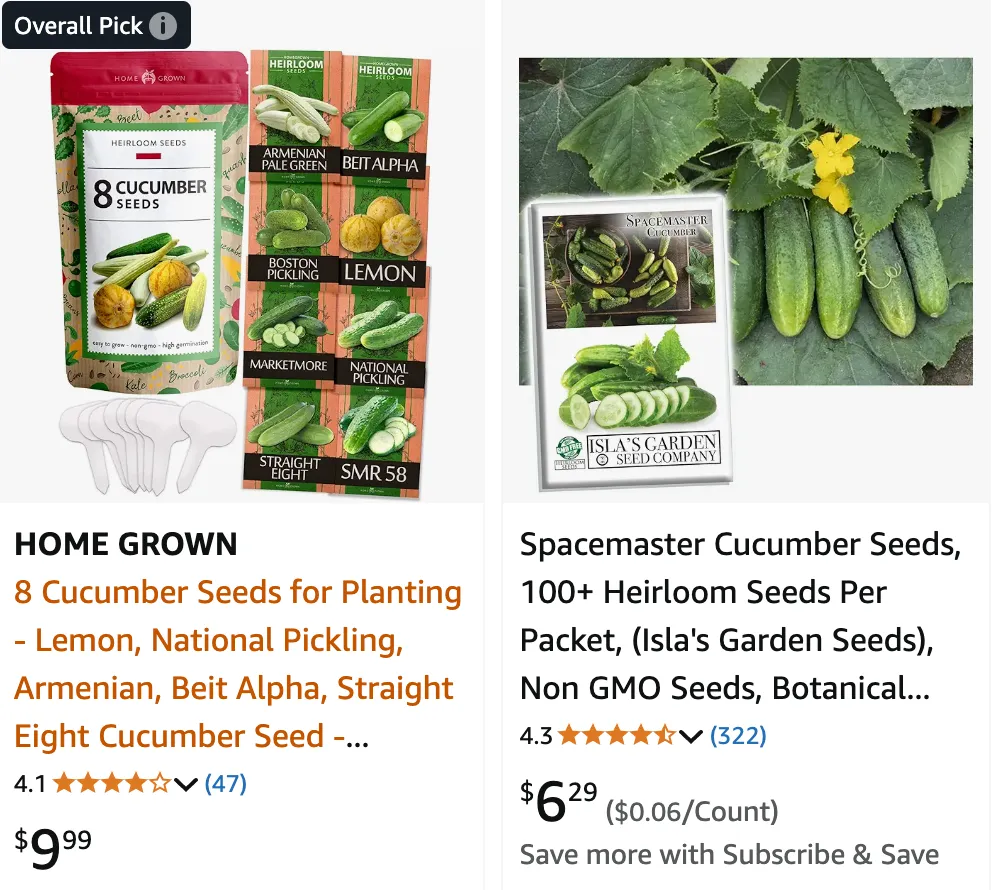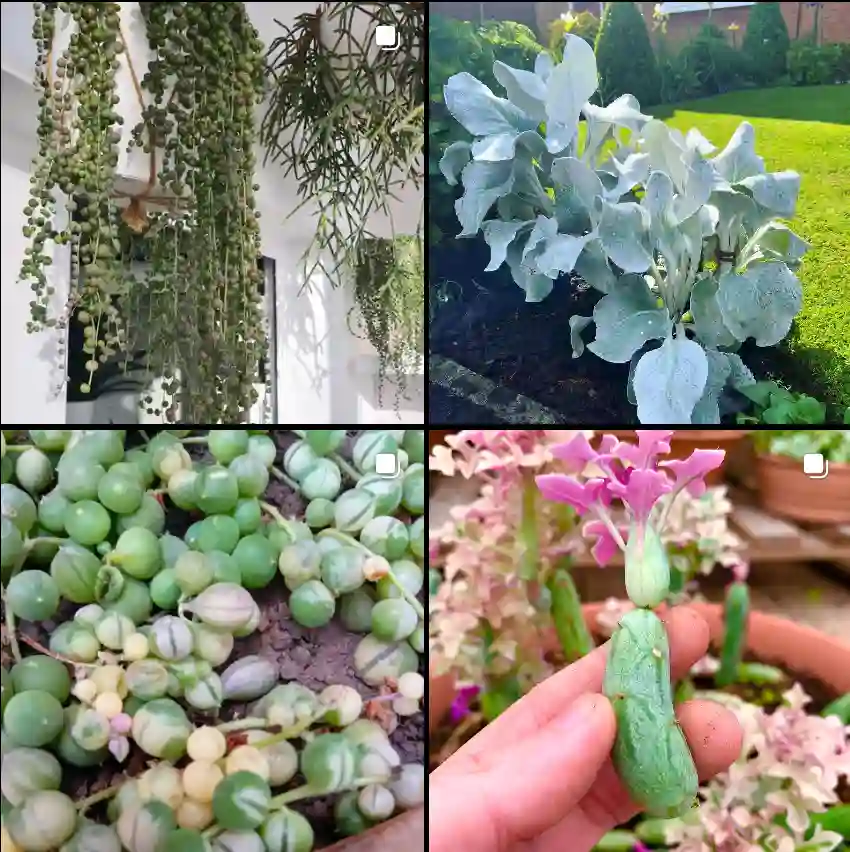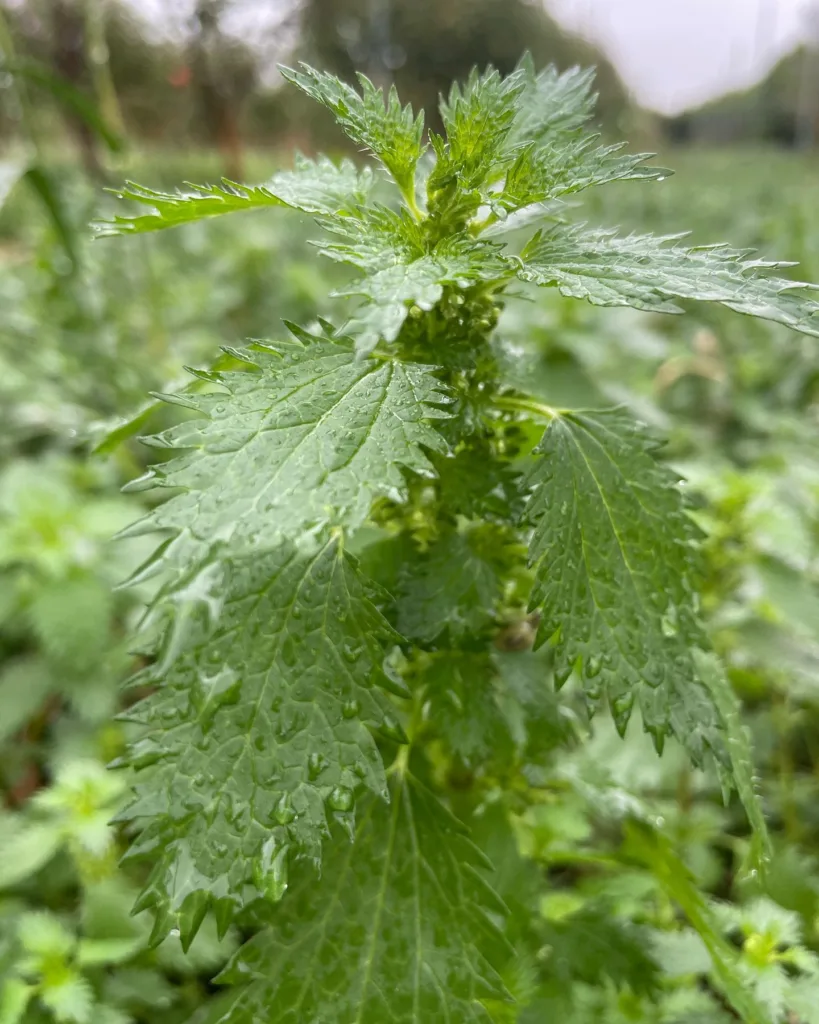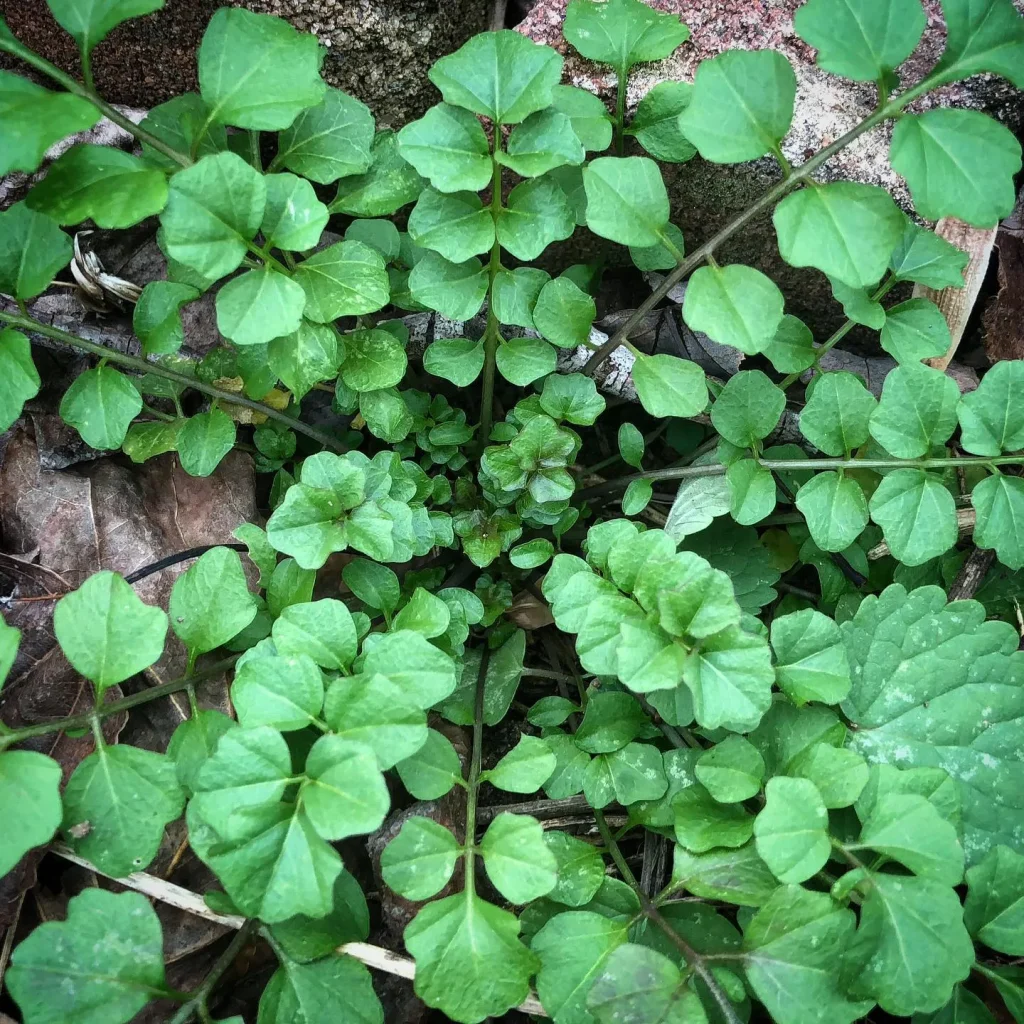
May 7 – Cucumis
"Cucumis, the cucumber plant, represents May 7."
Cucumis symbolizes health and vitality. You have a refreshing and nurturing energy that revitalizes those around you. Like the cucumber's hydrating and cooling qualities, you bring comfort and balance to any situation.
A Deep Dive into the Wonderful World of Cucumis
Hi, I’m Ferb Vu, and today I’m going to delve into the fascinating world of Cucumis, a genus of plants that has significant importance in both culinary and botanical contexts. This genus, a member of the Cucurbitaceae family (commonly known as the gourd family), boasts a variety of species that have been cultivated by humans for centuries. From the refreshing crunch of a cucumber to the sweet juiciness of a watermelon, Cucumis provides a range of flavors and textures that enrich our diets and contribute to our agricultural landscape.
What is Cucumis?
Cucumis is a genus of climbing or trailing vines characterized by their tendrils and rough leaves. The plants are typically annuals, meaning they complete their life cycle within a single year. They produce fruits that vary significantly in size, shape, and color, depending on the species. These fruits are botanically classified as berries, known as “pepos,” with a hard outer rind and fleshy interior.
Many Cucumis species are native to Africa, with some also originating in Asia and Australia. These plants thrive in warm climates and require plenty of sunlight and water to flourish. Over time, humans have domesticated and cultivated several Cucumis species, selecting for traits like larger fruit size, improved flavor, and disease resistance.
Cucumis Species
The Cucumis genus encompasses a diverse array of species, each with its unique characteristics and uses:
- Cucumis sativus: This species gives us the cucumber, a widely cultivated vegetable enjoyed for its crisp texture and refreshing taste. Cucumbers are low in calories and a good source of hydration, making them a popular choice in salads and as a snack.
- Cucumis melo: This species is responsible for a variety of melons, including cantaloupe, honeydew, and watermelon. These fruits are prized for their sweetness and high water content, providing a delicious way to stay hydrated during warm weather. – Plant FAQs: Melon – Cucumis Melo
- Cucumis metuliferus: Known as the horned melon or kiwano, this species produces an unusual fruit with spiky protrusions and a jelly-like interior. Horned melons have a tangy flavor and are rich in vitamins and minerals. – Plant FAQs: Cucumis Metuliferus – Kiwano – Horned Melon
- Cucumis anguria: This species yields the West Indian gherkin, a small, prickly fruit often used for pickling. West Indian gherkins have a slightly sour taste and are a good source of vitamin C.
- Cucumis aculeatus Cogn.
- Cucumis aetheocarpus (C.Jeffrey) Ghebret. & Thulin
- Cucumis africanus L.f.
- Cucumis afrotropicus H.Schaef.
- Cucumis althaeoides (Ser.) P.Sebastian & I.Telford
- Cucumis argenteus (Domin) P.Sebastian & I.Telford
- Cucumis asper Cogn.
- Cucumis baladensis Thulin
- Cucumis bryoniifolius (Merxm.) Ghebret. & Thulin
- Cucumis canoxyi Thulin & Al-Gifri
- Cucumis carolinus J.H.Kirkbr.
- Cucumis cinereus (Cogn.) Ghebret. & Thulin
- Cucumis clavipetiolatus (J.H.Kirkbr.) Ghebret. & Thulin
- Cucumis costatus I.Telford
- Cucumis debilis W.J.de Wilde & Duyfjes
- Cucumis dipsaceus Ehrenb. ex Spach
- Cucumis engleri (Gilg) Ghebret. & Thulin
- Cucumis ficifolius A.Rich.
- Cucumis globosus C.Jeffrey
- Cucumis gracilis (Kurz) Ghebret. & Thulin
- Cucumis hastatus Thulin
- Cucumis heptadactylus Naudin
- Cucumis hirsutus Sond.
- Cucumis humifructus Stent
- Cucumis hystrix Chakrav.
- Cucumis indicus Ghebret. & Thulin
- Cucumis insignis C.Jeffrey
- Cucumis javanicus (Miq.) Ghebret. & Thulin
- Cucumis jeffreyanus Thulin
- Cucumis kalahariensis A.Meeuse
- Cucumis kelleri (Cogn.) Ghebret. & Thulin
- Cucumis kirkbridei Ghebret. & Thulin
- Cucumis leiospermus (Wight & Arn.) Ghebret. & Thulin
- Cucumis maderaspatanus L.
- Cucumis meeusei C.Jeffrey
- Cucumis messorius (C.Jeffrey) Ghebret. & Thulin
- Cucumis myriocarpus Naudin
- Cucumis omissus Thulin
- Cucumis picrocarpus F.Muell.
- Cucumis prophetarum L.
- Cucumis pubituberculatus Thulin
- Cucumis pustulatus Naudin ex Hook.f.
- Cucumis queenslandicus I.Telford
- Cucumis quintanilhae R.Fern. & A.Fern.
- Cucumis reticulatus (A.Fern. & R.Fern.) Ghebret. & Thulin
- Cucumis rigidus E.Mey. ex Sond.
- Cucumis ritchiei (C.B.Clarke) Ghebret. & Thulin
- Cucumis rostratus J.H.Kirkbr.
- Cucumis rumphianus (Scheff.) H.Schaef.
- Cucumis sacleuxii Paill. & Bois
- Cucumis sagittatus Wawra & Peyr.
- Cucumis setosus Cogn.
- Cucumis silentvalleyi (Manilal, T.Sabu & P.Mathew) Ghebret. & Thulin
- Cucumis thulinianus J.H.Kirkbr.
- Cucumis trigonus Roxb.
- Cucumis umbellatus I.Telford
- Cucumis variabilis P.Sebastian & I.Telford
- Cucumis zambianus Widrl., J.H.Kirkbr., Ghebret. & K.R.Reitsma
- Cucumis zeyheri Sond.
The Importance of Cucumis
The Cucumis genus plays a vital role in human societies around the globe. These plants are not only a source of food and hydration but also contribute to economic development and cultural traditions.
- Food Security: Cucumis species, particularly cucumbers and melons, are important crops that provide essential nutrients and contribute to food security in many regions. Their adaptability to various climates and relatively short growing season make them valuable food sources.
- Economic Impact: The cultivation and trade of Cucumis fruits generate significant economic activity, supporting livelihoods and contributing to agricultural economies worldwide.
- Cultural Significance: In many cultures, Cucumis fruits hold symbolic meaning and are incorporated into traditional ceremonies and celebrations. For example, watermelons are often associated with summertime festivities, while cucumbers are used in various culinary traditions.
- Medicinal Uses: Some Cucumis species have been traditionally used for medicinal purposes. For instance, cucumber extracts have been used in skincare for their cooling and soothing properties.
Looking Ahead
As our understanding of Cucumis continues to expand, researchers are exploring ways to improve cultivation practices, develop new varieties with enhanced traits, and investigate the potential health benefits of these versatile plants. The future of Cucumis is promising, with ongoing efforts to ensure its continued contribution to food security, economic development, and human well-being.
I hope this exploration of the Cucumis genus has provided you with a deeper appreciation for these remarkable plants. From the familiar cucumber to the exotic horned melon, Cucumis offers a delightful array of flavors, textures, and cultural significance.
If i die, water my plants!



